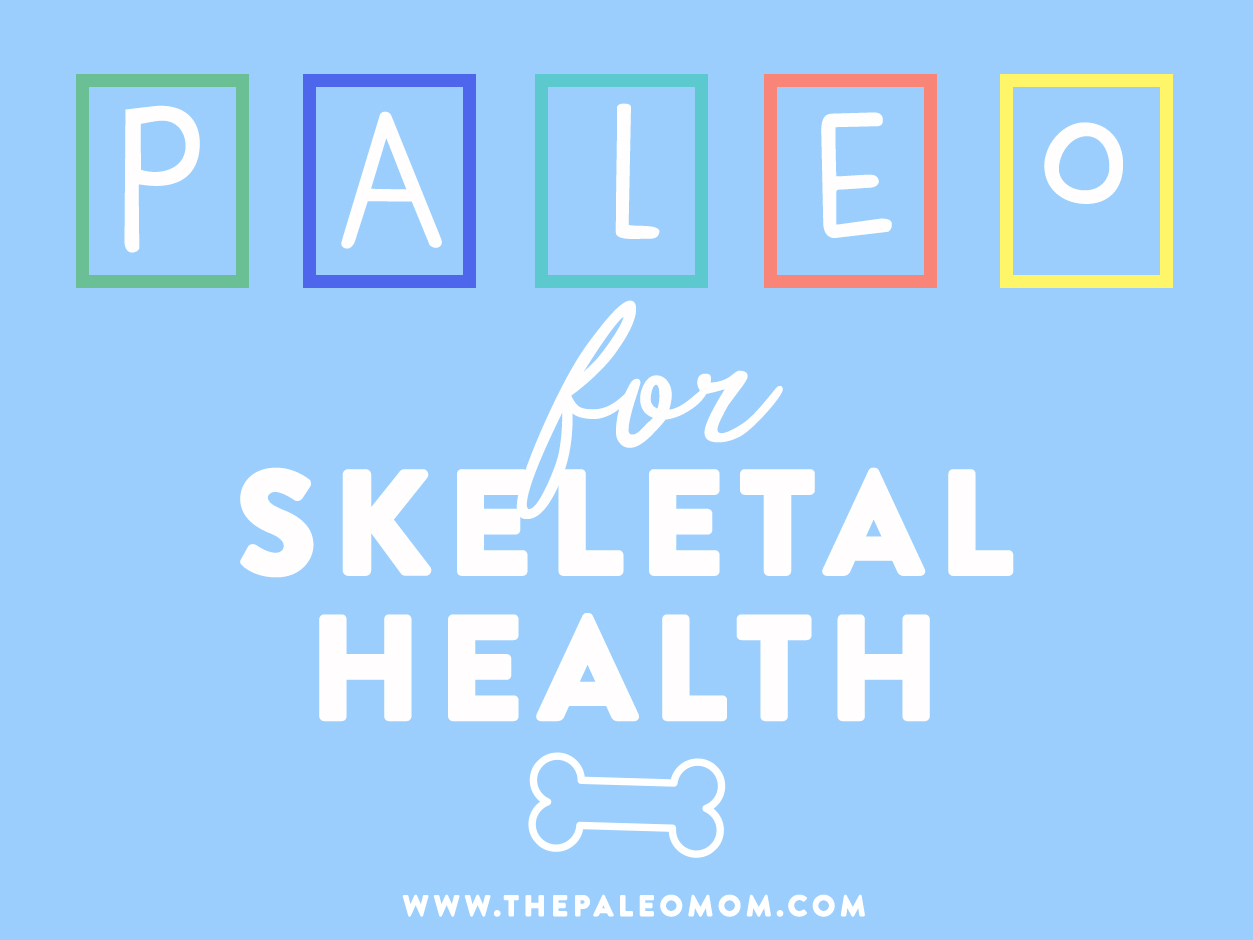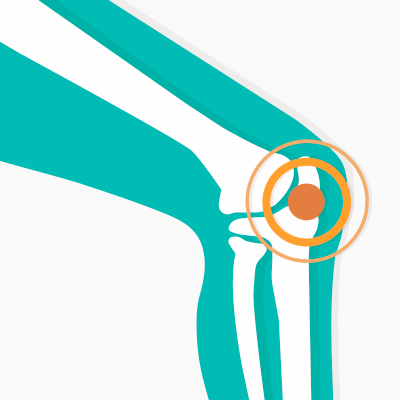Aug 15, 2014
Dr. Brown discusses Paleo nutrition and some of the top reasons our ancestors had stronger bones than we do.
Learn more about bone health: www.betterbones.com
Check us out on facebook: https://www.facebook.com/betterbonesb...
Exercise for bone health: patreon.com/betterbones
Transcription:
as a nutritionist I can't help but notice the contemporary shopping basket brimming with denatured processed and even synthetic foodstuffs as an anthropologist I can't help but recall that we evolved over millions of years on a very different diet eating a wide range of wild and unprocessed plant and animal foods for more than 98 percent of our time is hominins we ate simply what we could gather or hunt in any given location during any given season our entire physiology evolved in adaptation to these natural parameters today we have almost exactly the same genetic machinery and the same physiological requirements of our early human pate late Paleolithic ancestors of nearly 90 thousand years ago however today we nourish ourselves in in dramatically different ways this nutritional discord between our evolutionary diet and today's eating patterns bear great consequences for bone health and the rise of degenerative diseases in general this discussion is on paleo eating and how does today's diet different from the diet we evolved on nearly all of the last two to three million years of human evolution occurred in what is known as the Paleolithic or Old Stone Age a time of widespread use of stone tools like this Arrowhead and other handmade implements for successful hunting and gathering more successful hunting allowed humans to survive in colder even glacial climates hence the popular image of paleo folks as ice age big-game hunters the Paleolithic period covered millions of years of diverse environments climates and varied nutrient sources nonetheless anthropologists have been able to reconstruct an average late Paleolithic eating pattern and this reconstruction demonstrates that our physiological and genetic machinery evolved in adaptation to a very nutrient-dense diet Paleolithic versus contemporary nutrition let's take a look at that the mineral intake was two to eight times higher in Paleolithic times than it is today this is all except for sodium sodium intake was at least five times lower than today at seven hundred and sixty milligrams while our potassium intake was four times higher than ours today at ten thousand five hundred milligrams things like manganese were also many more times higher than they are today vitamin intake was estimated to be two to six times higher than ours for example vitamin C intake was more than six times higher and vitamin D intake four fold higher folic acid and vitamin A intakes were twice as high as ours fat intake was estimated at two thirds of hours at twenty-one percent of total calories including almost a one to one ratio of beneficial omega-3 fats to the omega-6 fats today we consumed thirty percent of our calories from fat including some 10 to 15 times more omega-6 than omega-3 fats with 18% of our fats being refined vegetable oils including substantial amounts of harmful trans fats paleo diets had no processed oils or trans fats or any refined vegetable oils when we look at protein we see that protein intake was generally twice that of ours estimated at one third of total calories there were abundant plant and animal sources of protein including wild animals which have low body fat fiber intake was five to eight times higher than ours at one hundred to a hundred and fifty grams per day as opposed to our current 15 grams per day carbohydrate intake was similar to ours at 46% of all calories but all carbs were from whole unprocessed wild foods refined sugars refined sugar intake was non-existent and there was only some occasional use of honey as opposed to today where 15% of all our calories come from sugar today we average 20 teaspoons of added sugar a day totaling about 50% of total caloric intake including 10% of these calories which come from the more harmful fructose grains and cereal intake was non-existent today refined grains comprised 32% of our diet dairy beyond infancy was also non-existent today the average of us consumes nearly 400 pounds of dairy per year or 2 cups per day when we look at acid alkaline balance we see that the paleo diets were largely alkaline forming due to high potassium intake from vegetables fruits nuts and seeds on the other end of the scale contemporary Western diets are lowing vegetables and fruits yielding an average 50 milli equivalents of excess acid daily alcohol intake in Paleolithic times was none or minimum as opposed to 7 to 10 percent of our current diets being composed of alcohol stay tuned in a subsequent vlog I will provide you with 10 tips for regaining the Paleolithic alg be well and may you enjoy lifelong healthy bones.










